Handling L.S.D.
Old Silver Coinage
Here presents historic background behind common coinage last seen exchanged among a broad array of Huthwaite shops prior 1971 decimalisation. Screens may not display actual size, but this row of coins are all proportionally comparable. The obverse side portraying our reigning Queen is usually called "Heads" because older coins likewise have portraits showing historic lineage of UK monarchs. They can loosely suggest dating, until minting techniques improved detailing among varying reverse designs.


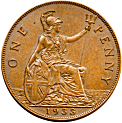



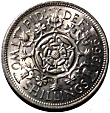
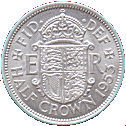
Collectively referred to as either Coppers, Brass or Silver, may still be heard given cash in small change. Colours of cheaper lighter alloys for today's currency only reflects past use of far purer metals. Majority were originally stamped from and valued by their finely weighted silver. Identified here in later ascending order of value, after realising the initial denier penny defining a 1d base, used to be worth so much, that many would readily accept one cut in half or even less.
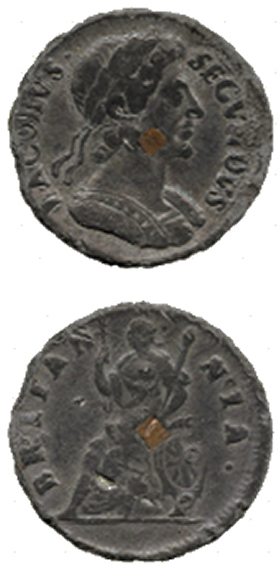
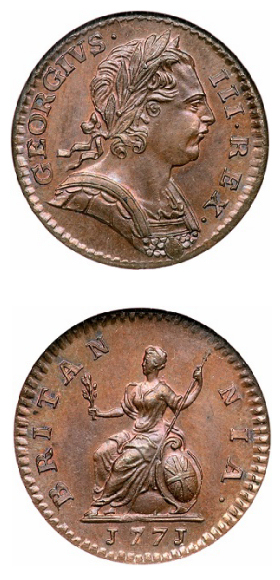
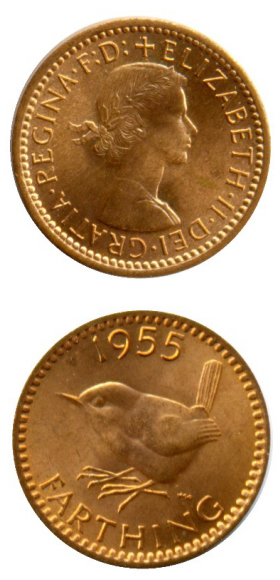
Name is literally derived from need to divide a penny into fractional fourthings. Small silver farthings may date back from reign of Henry III. Sizes and material did vary through 17th century tin before reasserting copper coins minted from 1717. Replacement bronze coins had been slightly reduced in both thickness and diameter when they lastly measured 20mm during circulation up to 1956. Amazingly these were not the lowest valued British coins. A Third Farthing issued 1827 to 1913 aimed usage only in Malta. 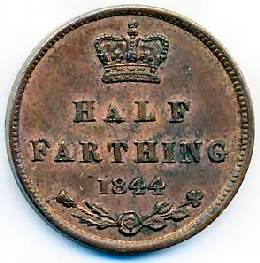
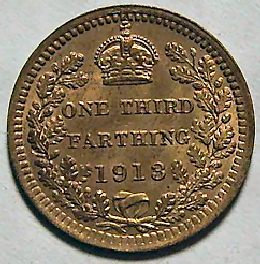
A Quarter and Half Farthing issued for Ceylon in 1828 finds the latter as legal UK tender, until 1869 dismissed insignificant worth.
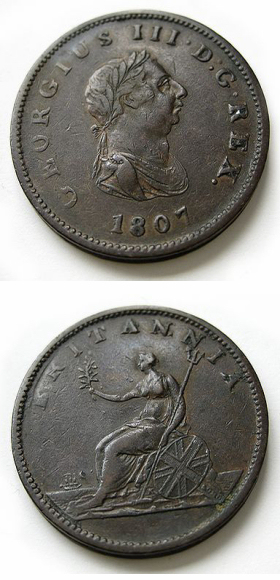
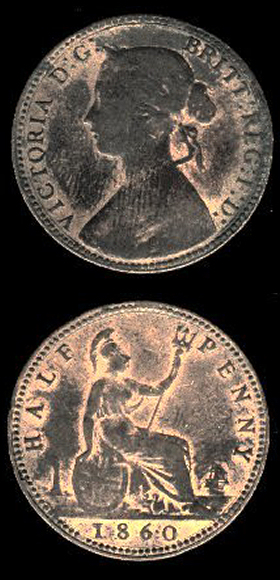
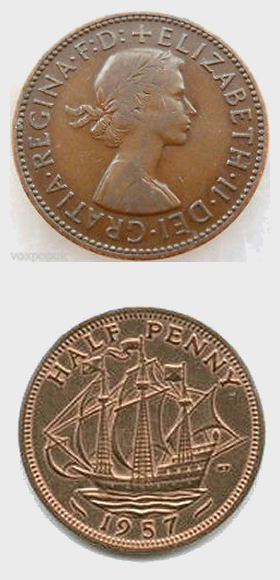
Weight in silver defined the earliest of these coins to be exactly worth half a penny. Successful introduction dates from reign of King Edward I. Varied alloy base altered size after. Copper coins offer minted dates from around 1838, before favouring bronze beyond 1860. This pre-decimal halfpenny ceased to be legal tender in 1969, passing on its later larger diameter to a newer current two pence piece.
Old coin is most fondly recalled for fairground Ha'penny shoves, and did last far longer than tiny newer half pence pieces introduced for 1971 decimalisation. 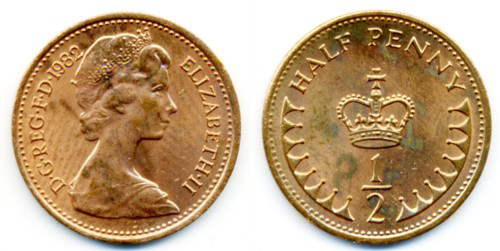 They did provide accurate conversion from d to p, but 17mm reflected insignificance. Inflation soon made them worthless, and 1984 demonetising all ½ values.
They did provide accurate conversion from d to p, but 17mm reflected insignificance. Inflation soon made them worthless, and 1984 demonetising all ½ values.
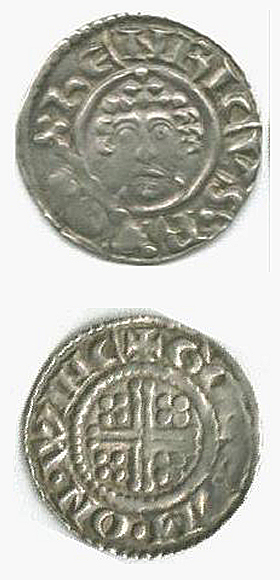
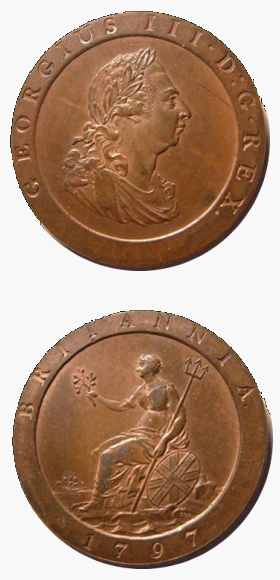
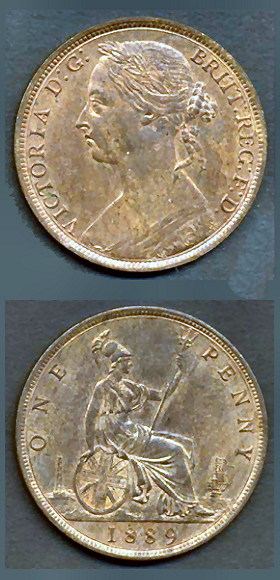
Named from Roman denarius, oldest deniers offered d abbreviation for our well remembered pennies. Stamped silver deniers dated about 755ad set a standard coinage value in the British Isles, although not a widely accepted currency until recognising Eadgar as King of all England from 959. The relatively high value of just one penny must be realised by added need for the fractional coins above, instead of cutting an actual penny down into halves or quarters. Their longevity circulated many widely differing styles from several mints. Huge copper pennies from 1797 measured 36mm, weighing exactly one full ounce. A slightly smaller coin better satisfied needs, further reduced to half the weight for a slimmer bronze coin introduced from 1860. These still measured almost 31mm diameter, although hugely devalued by inflation by time decimalisation saw in 1970 replacement of the current tinier alternative new penny.
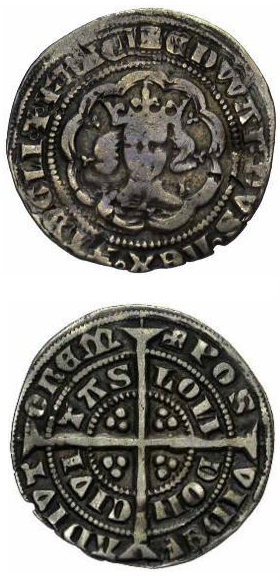
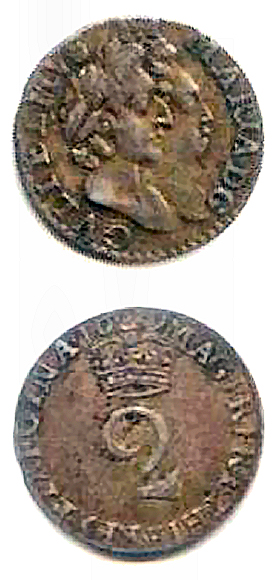
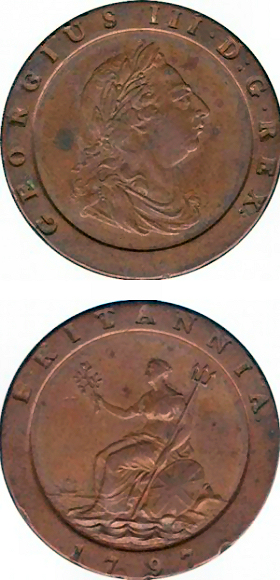
The original heavier silver two pence coins called a Half Groat are claimed even rarer found than a One Groat at Fourpence. Division into these later issues came from 1351 reign of Edward III, and showed no major change for 150 years except obversely portraying updated kings. Lighter coinage survived other devalued meltdowns, revealing greater detailing among the differing styles. A copper replacement was introduced in 1797, weighing in at a hefty 2 ounces. These measured a monstrous 41mm by 5mm to earn title of a Cartwheel Twopence. Known to be the largest British minted coins, they proved too cumbersome for regular use. Thusly they had lost general circulation before an 1816 Great Recoinage.
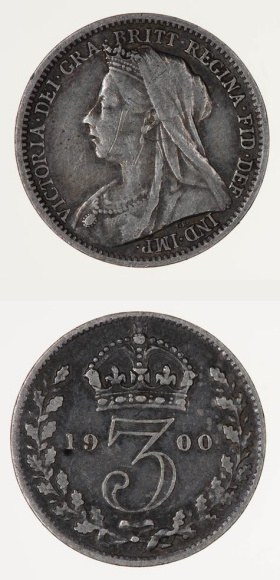
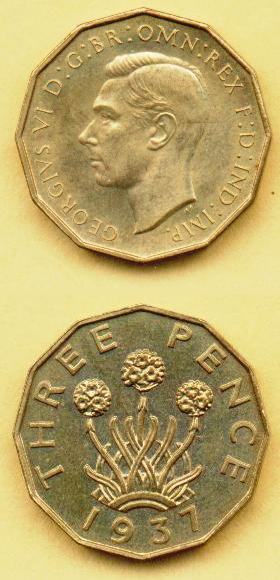
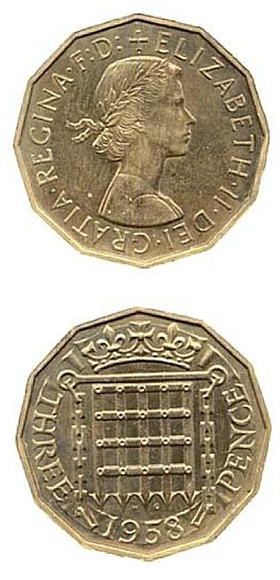
A silver thrupence was first issued in 1551, but only came into full general circulation after 1845. Variations include a larger nickel-brass version before introducing the most familiar brass 12 sided 3d coins minted from 1937. 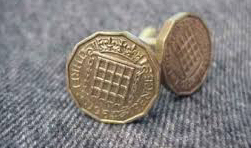 These were legal tender up until 1967, while their unusual shape long after invited decorative use in many fashionable accessories.
These were legal tender up until 1967, while their unusual shape long after invited decorative use in many fashionable accessories.
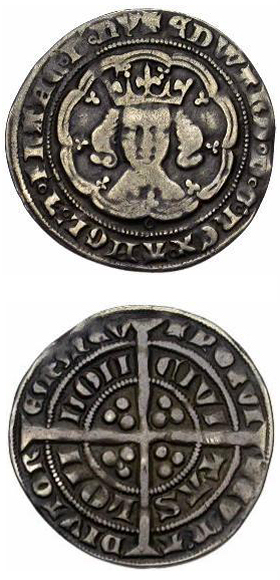
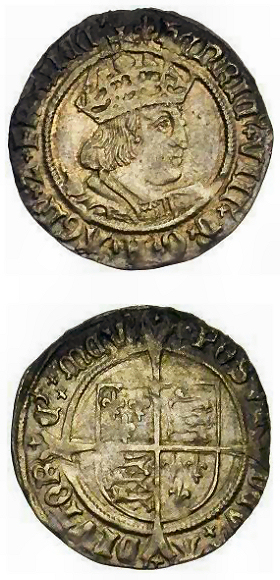
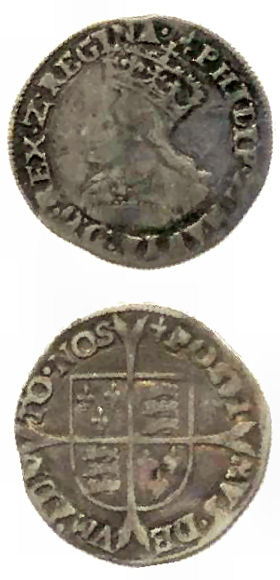
First issued from 1279 reign of Edward I, this thick silver 4 pence piece weighed equivalent to the same number of pennies it represented. Circulation improved after 1351 reissue by Edward III, taking over the Middle Ages term for a Groat. Obversely portraying subsequent monarchs saw weight and silver content gradually lessened until its revival under reign of Queen Mary. Coins were struck long beyond year 1558, but general circulation and name Groat dwindled out into the mid 17th century. The silver coin that did successfully replace it with slightly higher value, would be best remembered by folk from Huthwaite and wider afield as a Tanner, a Half Shilling or sixpence.
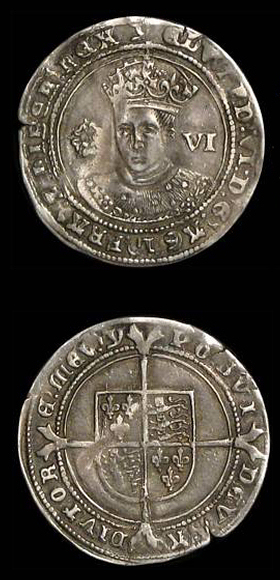
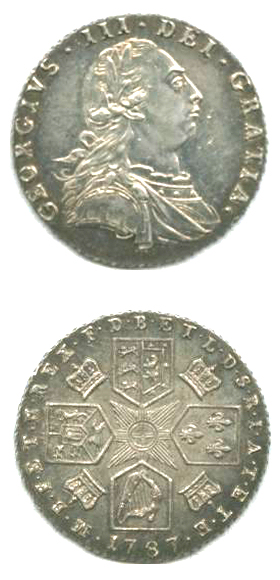
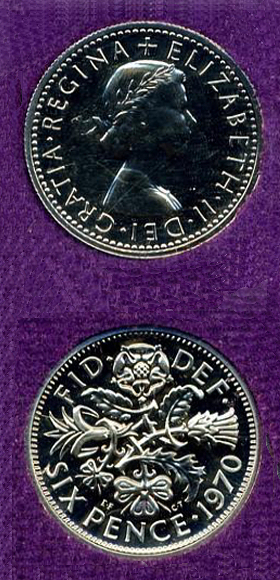
Edward VI faces first silver sixpences issued from 1551. Sizes apparently closely resembled the Groat when it made that fourpenny piece pretty much redundant. Diameter and weight was slightly reduced from 1816 thereafter measuring 19mm. Countless restyling has left some highly collectible examples, and while portraying the changing monarchy, the rarest few known reflect the commonwealth under Oliver Cromwell. Year 1967 dated the end of circulation prior decimalisation. A 1970 proof only completed a commemorative set. Old half shilling sixpences nevertheless continued beyond 1971. Revalued down to 2½ new pence, it retained handy popularity for parking meters, tooth fairies and xmas puddings. Inflation eventually led to it being demonetised in June 1980.
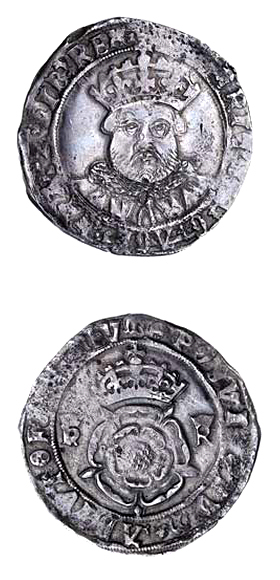
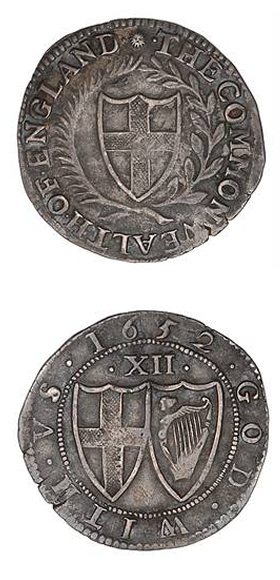
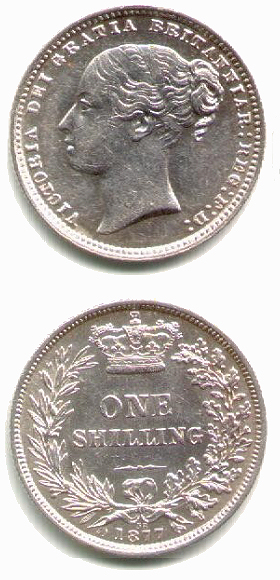
Origins behind a familiarly termed 'bob remain debatable. Anglo Saxon accounts did invite name for a shilling, long before an actual 12 penny coin was made. Valued 20 in a pound, these were first issued from 1502 called a Testoon. The Testoon is better recognised as a shilling from reign of Edward VI. Multitude of changes catalogue progressive monarchs in widely varying greater detail from differing mint styles. Three at least just spanning Cromwell's Commonwealth. Shillings last issued for circulation dated out 1967. Nevertheless, they were retained as common currency throughout 1990, because it set template for a decimalised equivalent when seeing in our current 5 pence piece replacement. The Bob is thereafter gone except for mention in some outdated common phrases.
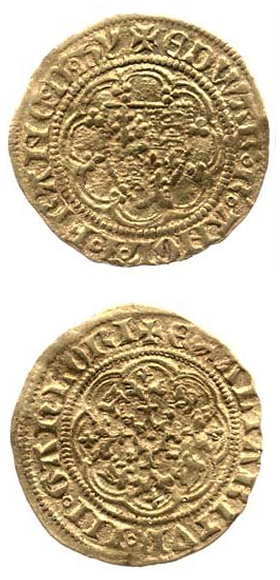
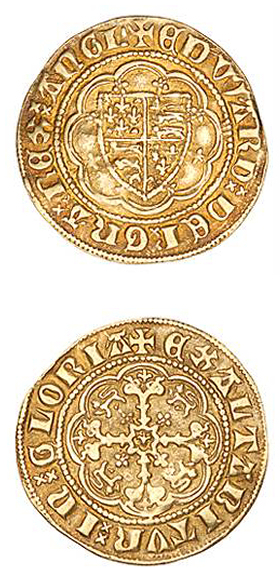
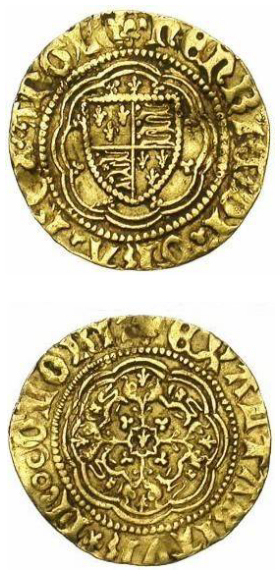
A Noble series is worth mention. Firstly because a Quarter Noble introduced a 20 pence coin back in 1346, and due mainly this being our nations second try and first real success at minting gold. It did prove relatively short term, which highlights a recurring problem using gold instead of silver. Along with an 80d Noble plus a Half Nobel, this Quarter had to be likewise revalued in 1464 due to rising price of its gold content. Next year it inflated again from 25d to 30d. A reason perhaps why issues fell beyond 1430 before dropping this series out of circulation. The growing need for far high higher ranked coinage forced use of gold into other subsequently lost series like the Angel. But as a 20 shilling pound coin did later demonstrate, sheer size and weight of alternatively using a rather more stable silver based content made them far to cumbersome for every day use, so failed to gain public acceptance.
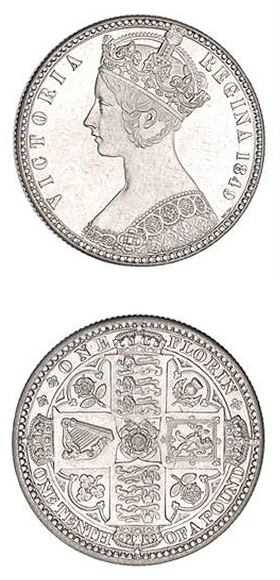
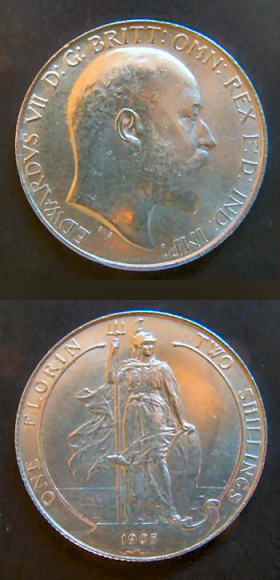
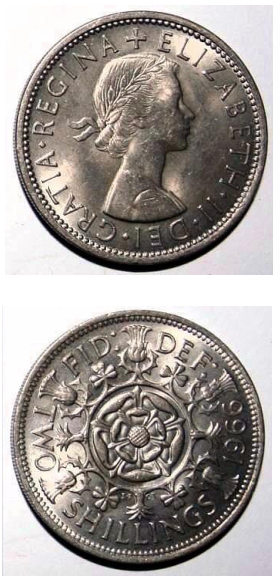
The Florin issued from 1849 was valued 2 shillings. It was introduced and marked as a tenth of a pound to test public opinion on potentially using a decimal system. Clearly losing that challenge, reverse later stated two shillings. In preparation for actual 1971 decimalisation, the Florin was superseded by and likewise revalued into a 10p coin, so in the end it actually achieved its purpose. Both larger coins were demonetised ending June 1993, since replaced by our current smaller 10p coin first issued previous year.
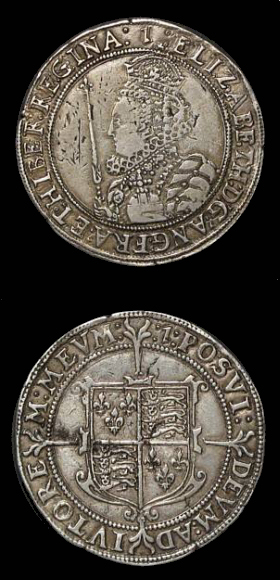
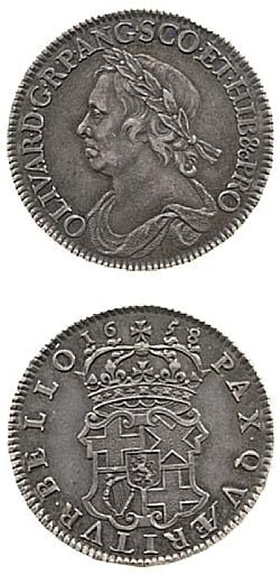
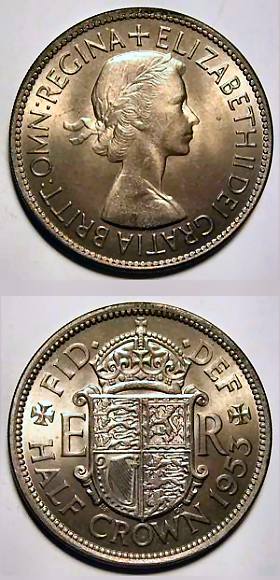
The gold Half Crown first issued in 1526 measured around 20mm diameter. Determined not of suitable size for its relatively high value, a 1551 replacement was struck from silver. Variations were regularly issued until 1751, but a long gap before the 1816 Great Recoinage reintroduced a 32mm silver coin. Cupronickel is the alloy used from 1947. The Two'n Six was demonetised 1st January 1970.
A 5 shilling Crown was sporadically issued since 1464. Gold replacements offered descriptive names for a Half-Ryal, Rose Half Noble, Half Angel or Angelet, until inflated into fractional higher values. Silver Crowns were minted until an acute 18th century shortage. Reappearing after 1818 they were last struck in 1965, although these were not common among Huthwaite. A decimal 25p reflected conversion, plus sizing for 5 pound coins afforded commemorations.
One fascinating source of reference covering all known UK coins is authoritatively compiled by Tony Clayton. His work reveals full vast array spanning far higher denominations minted from gold. This only highlights our most commonly known, which have better chance of being lastly seen exchanged among various Huthwaite shops.
05 Mar 14 by Gary Elliott Updated 11 Mar 14
